We all should ask our clients for some things before we start any project. Be prepared is key to successful management of any project, and design projects are no different. The more preparation that both client and designer do right at the start, the more smoothly the work will go. Checklists can be very useful, here is a checklist of things that you should ask to your clients in order to create an efficient workflow.
Make sure to know the clients’s budget: Knowing the client’s budget allows the designer to establish what they will be able to realistically achieve for the money, and to perhaps suggest a range of options.
The client’s design requirements: The client must make clear at the beginning just how much design work they will require. Occasionally unexpected new design will be needed, but any “extras” which are requested after work has commenced will involve more time and money, and should be bound by a new contract. If clients don’t know how much work he need, you won’t be able to give him a quote.
Ask what the client expects to achieve: Every design job involves a goal to be fulfilled. It’s good for the client to think through precisely what that goal is when preparing to meet with the designer. Equally, it’s important for the designer to ask questions about the client’s objectives, because the designer’s job is primarily about meeting the client’s needs.
An outline of who the target: Either the market or audience, you will need to know who is the target for the design work; this information will guide you as a designer in all aspects of your work. A client who has a detailed understanding of their target market will get the design which best suits their needs.
A deadline: Even if the work is not urgent, a deadline is important for effective time management. Unless the scale of the design work is small, it may be useful for the client and the designer to negotiate a series of deadlines for stages of work.
Demand high quality images: If the client has an existing logo to be used in the design work, it should be provided in vector format. All photographs provided by the client should have a high resolution. The best resolution for photographs is 300dpi. I always recommend this to my clients even if the photographs will go on the web. Although the final photo will be published on the web at the lower resolution of 72dpi, I prefer a higher resolution to begin with.
Images and text in their final form: All text, photographs, illustrations or other material provided by the client should be given to the designer before work commences. It can be a drain on time and resources if a designer is left waiting for these things halfway through a project. All materials provided by the client should be in their final form with no future revisions necessary. Any changes which have to be made after the design work has been done will cost time and money.
Ownership info: This ins really important for third party images and text; when the client is providing images or text sourced from someone else, it’s crucial to also provide information on the legal permissions which have been obtained for the use of the material (if any are required). If attribution is required, the details should be provided to the designer before any work commences. This also applies for any other material (e.g. music or video) obtained from a third party.
Samples of previous design (if applicable): If a client has a seasonal marketing campaign, or their corporate identity needs to be revised, it will help to provide past design samples to the current designer. It’s useful to discuss what worked or didn’t work for the client last time, particularly in terms of customer/audience response or the direction which the client and/or their organisation wishes to take in future.
Keep in mind that this is just a few things to ask your client and organize yourself in order to start a new project, there are many others things that you may ask depending on clients needs and project guidelines.
If you have any other suggestion, please fell free to add a comment to this post.

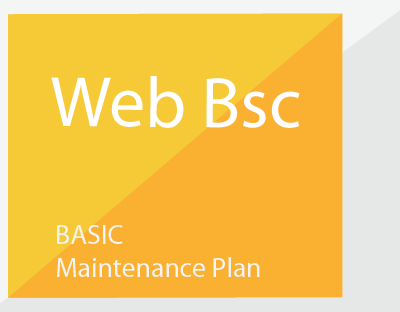
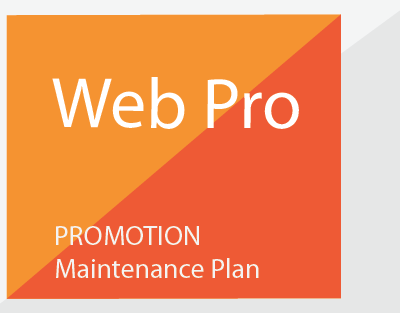
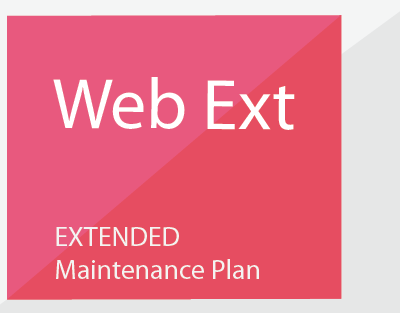
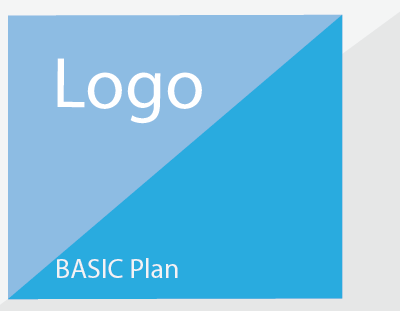
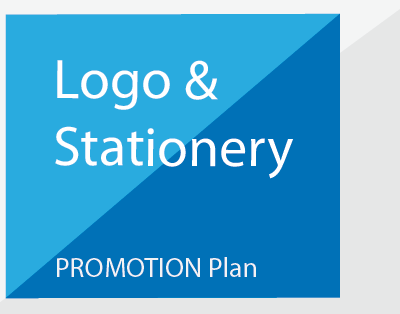
I really appreciate your post and how you explain each and every point. Thanks for sharing this information. I’ll love to add you to my favorite list. Keep posting.
Hi. yo recuerdo cuando dabas clases en Tecno tendencias. Gracias por esta información tan util.
Me encanta el liniamiento de tu blog.